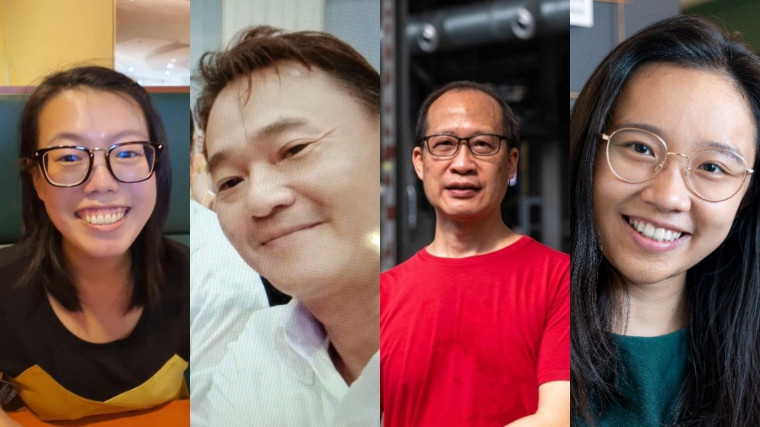Beginning the journey to mental wellness can often be daunting, especially when you are alone. But with good advice, professional help and a community of like minded people, that journey to accepting ourselves becomes a little less lonely.
Founded to help others with their recovery journey, Resilience Collective is a group of individuals, called peers, with lived experiences of mental illnesses and recovery. By telling their stories, they help others verbalise their own struggles. The two-year-old charity has six staff members and around 100 volunteers.
Its recent programme, PhotoStory, helps peers talk about their struggles through photography. It features works from 16 peers mentored by photography enthusiasts SE Ong and Andrew Fong, Straits Times photojournalist Xiao Bin and professional photographer Chee Yong. The exhibition ends tomorrow (Jan 27).
One Saturday morning, I offered to help out at the exhibition on the third floor of Raffles City. The atrium is bright and spacious. Glass panes overhead cast soft sunlight over the simple layout; the solemn starkness of every participant’s story was softened by the warm light.

This is Resilience Collective’s first exhibition, one of its peer support programmes. Other programmes include virtual coffee sessions and resilience education, which is a series of workshops that equips peers with healthy coping mechanisms.
Helping themselves by helping others
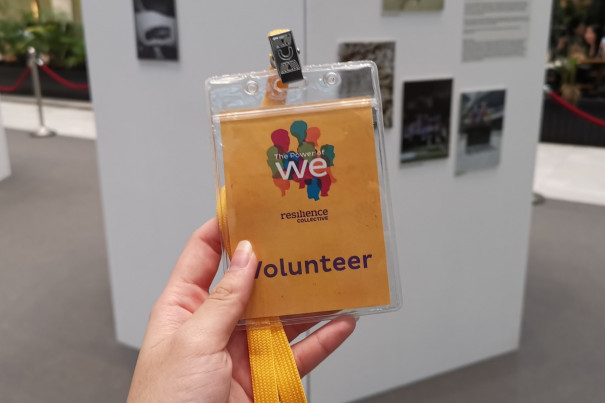
And as the term ‘peer support’ implies, the volunteers and staff have found that by helping others along the way, they help themselves too.
At the exhibition, I met fellow volunteers: Helen, 25, and Alan, 51.
Helen is studying psychology in NUS. When she was younger, she was diagnosed with neuromyelitis optica, a rare and incurable condition where the immune system damages the optic nerves and spinal cord.
“The doctors didn’t know what it was, and they tested me day in day out,” she says. Whenever her condition flared up, she would be warded; the time she spent warded in hospital added up to about two years. As a result, she attended primary school irregularly, which resulted in her having to switch schools often.
“My childhood friends were all from the inpatient children’s play area,” she says. “They were so energetic! I played with them a lot, and we learnt a lot about each other’s chronic illnesses.”
Helen suffers from vision impairment and weakness on the left side of her body due to her illness. “My vision is blurred and dark, especially in the corners,” she explains. She gets around by walking slowly, balancing her weight on her right foot.
Her life experiences, along with having friends diagnosed with autism, sparked her interest in psychology – particularly neuroscience. “They were so different from me! I was curious,” she says.
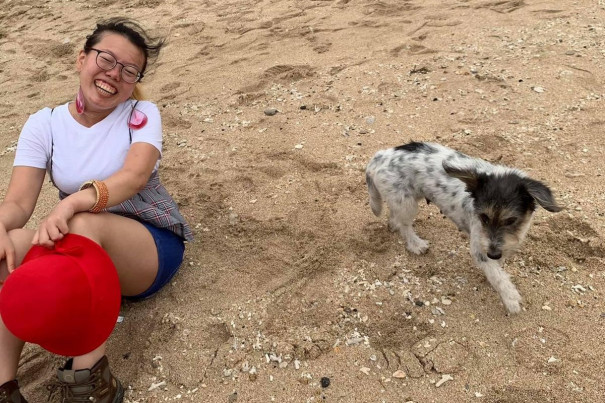
Helen tells me excitedly that she can’t wait to graduate, begin working and relying on herself. “My relatives have always been helping and protecting me,” she shares, “so I can’t wait to be independent.”
Helen hopes to use her knowledge in psychology to give back to the healthcare sector – to help others with their struggles just like how she received help with hers.
“I may be disabled, but that doesn’t stop me. I hope to be a counselling psychologist someday, with my own clients,” she says.
Other stories you might like
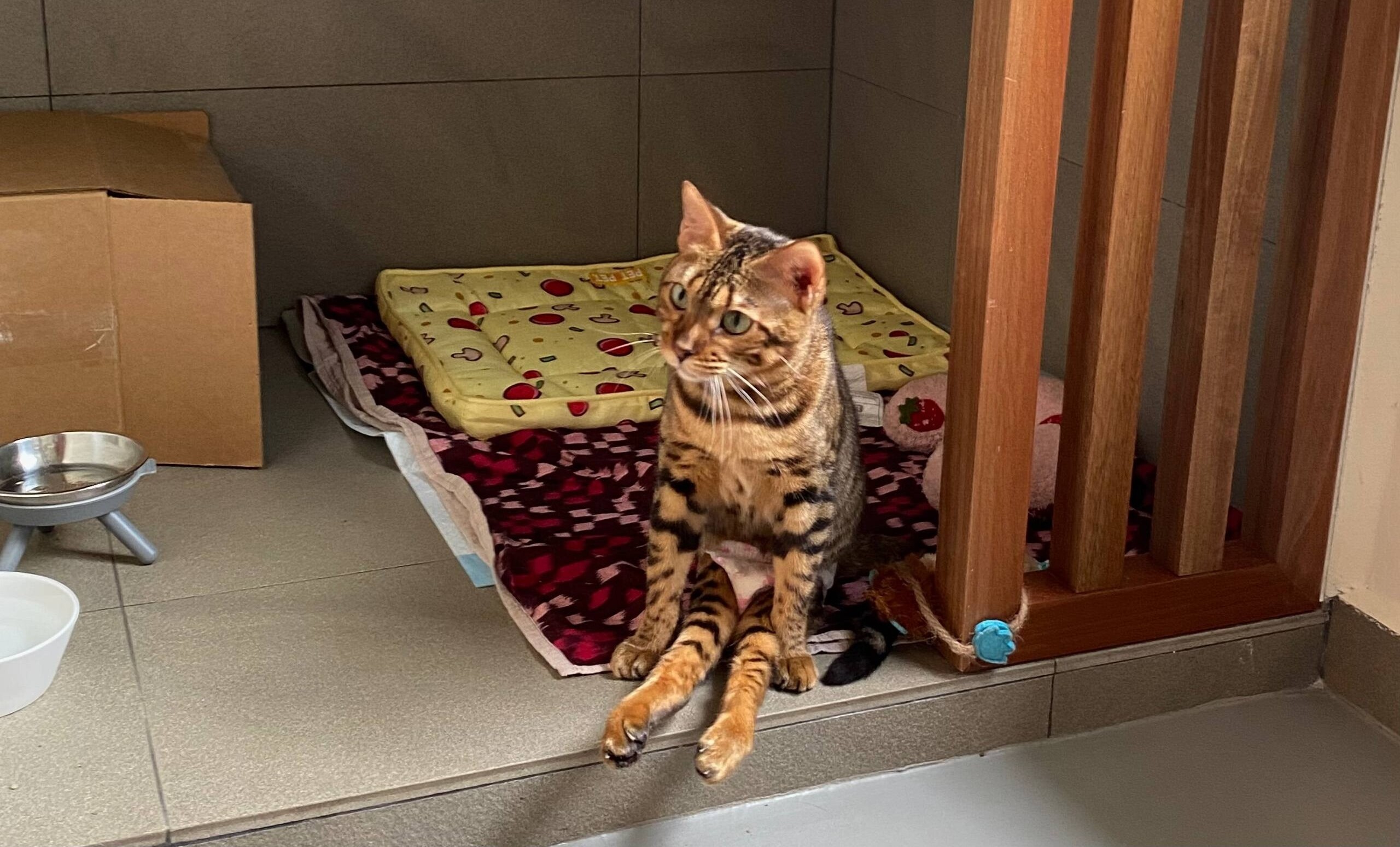
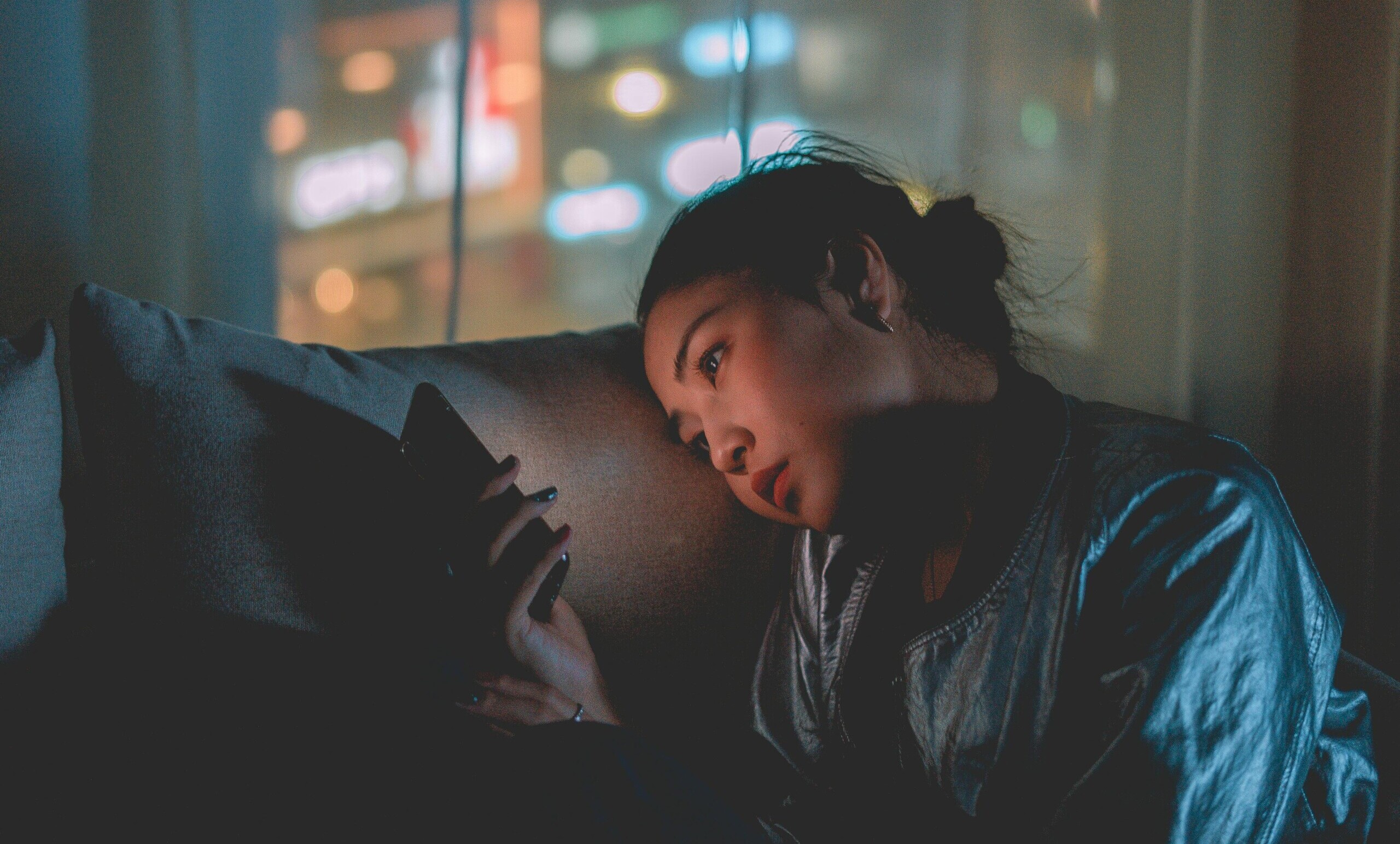
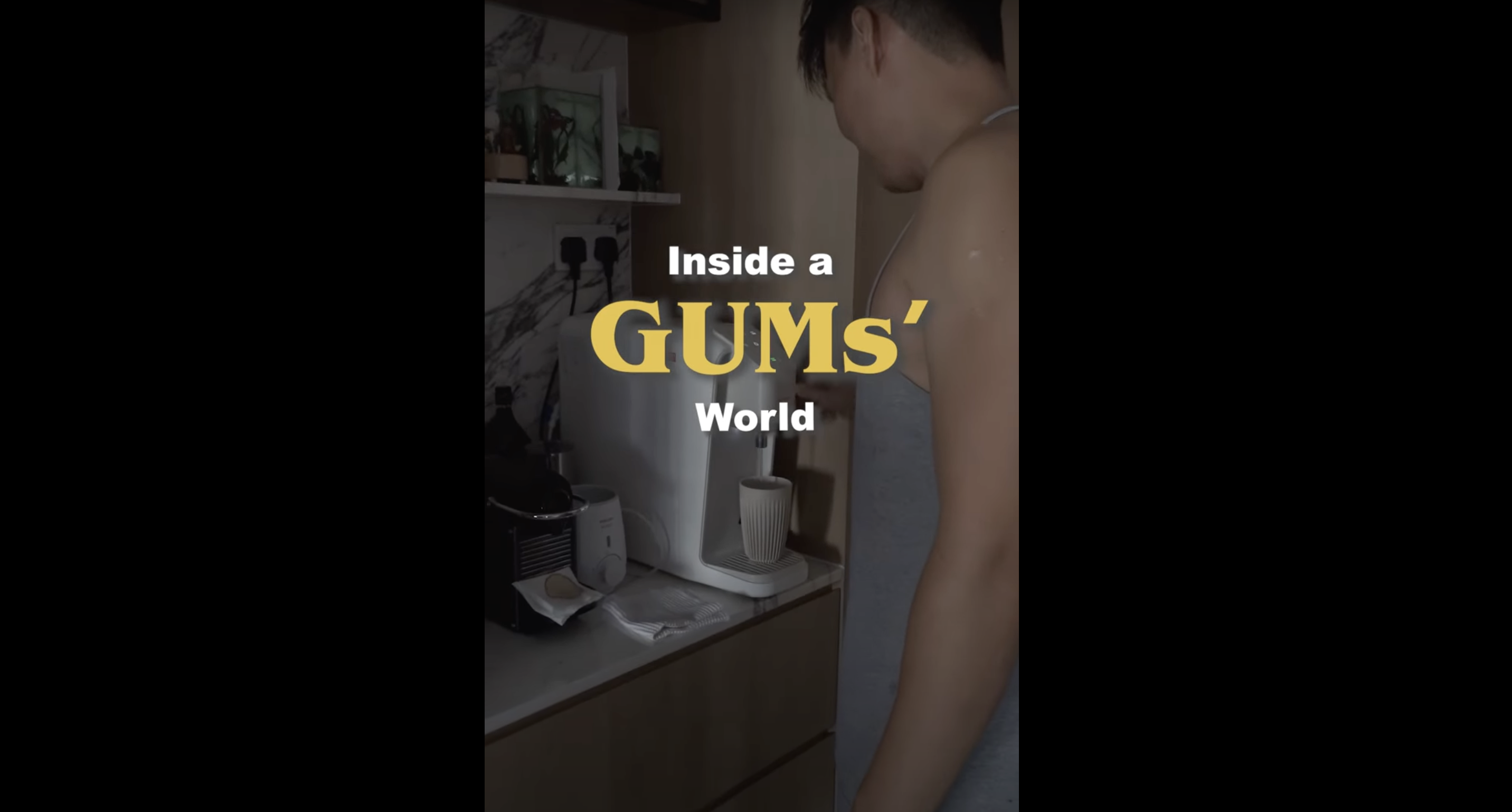
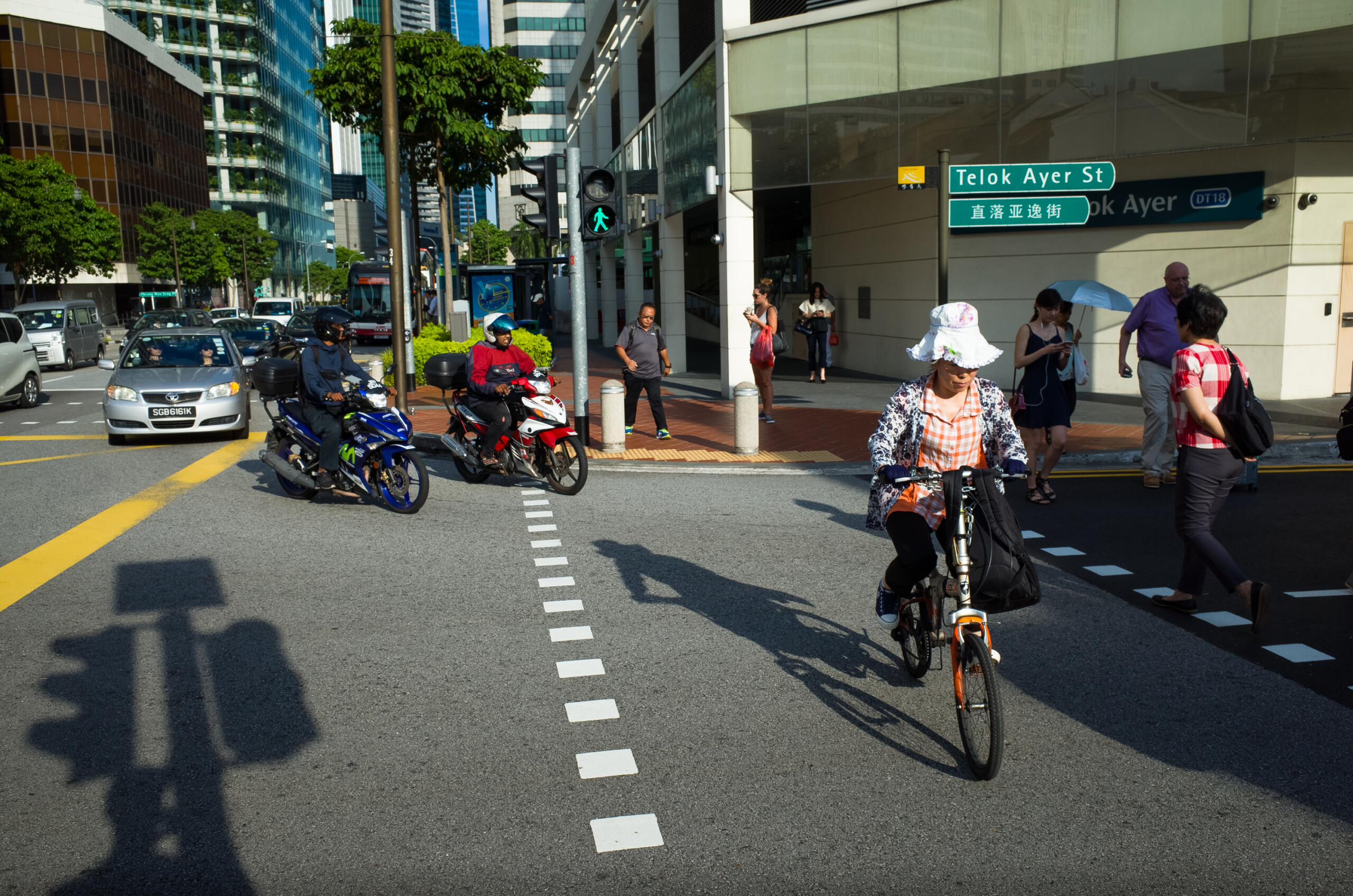
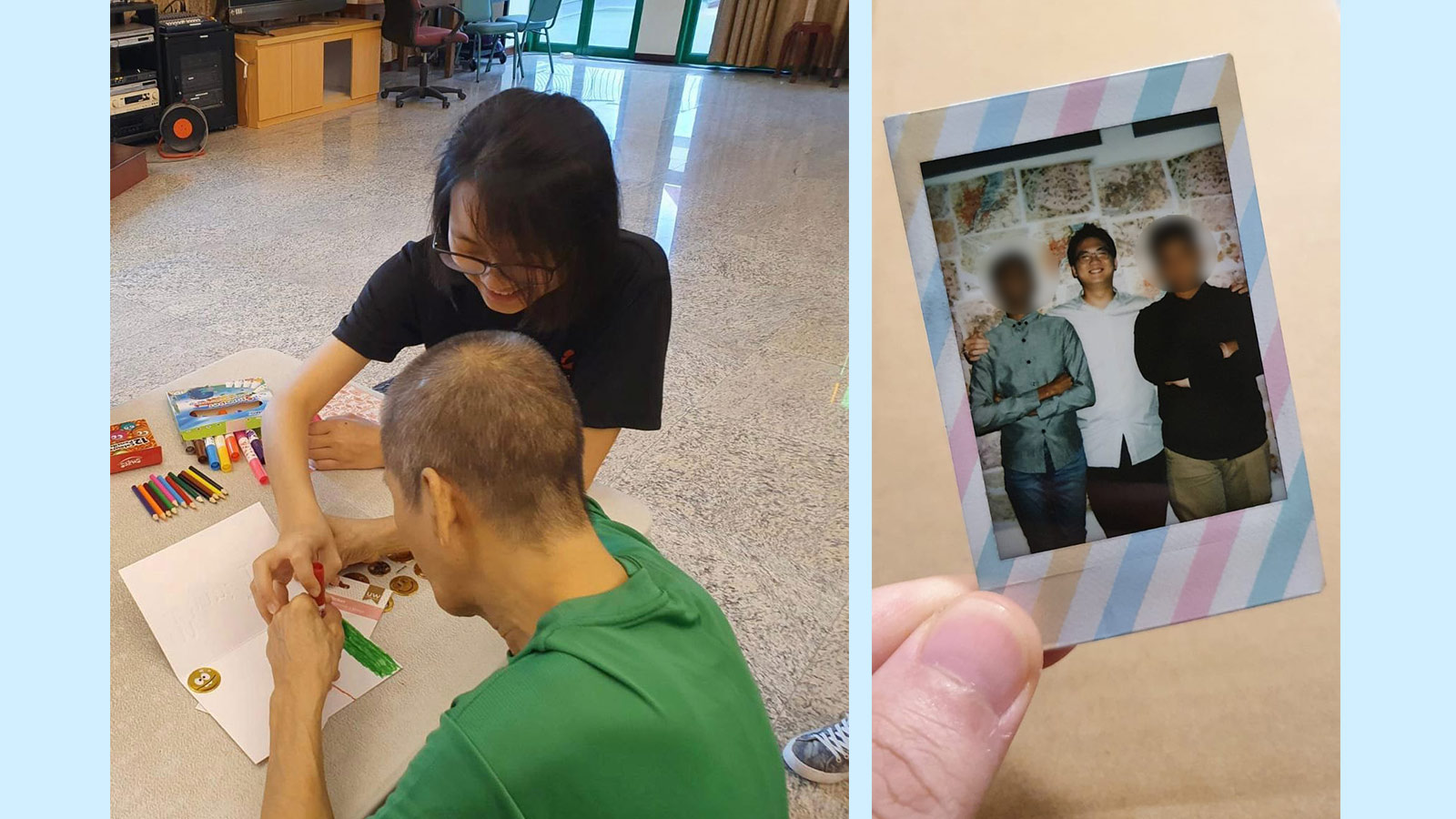
Finding purpose in his work
Alan works at a nursing home in Buangkok. There, he manages volunteers and the seniors, often taking them to hospitals for medical checkups. His own experience with depression and borderline personality disorder for two decades had left him wiser, which led to his decision to switch from the manufacturing industry to social services at age 45.
“I never really saw myself in this line,” he says, “but I now have found a purpose in my work.”
His wife is now a nurse at the Queenstown branch of the nursing home, having transferred over from Alan’s branch 3 weeks ago. Due to different working hours, they rarely see each other on weekdays, which make their weekend outings a lot more precious.
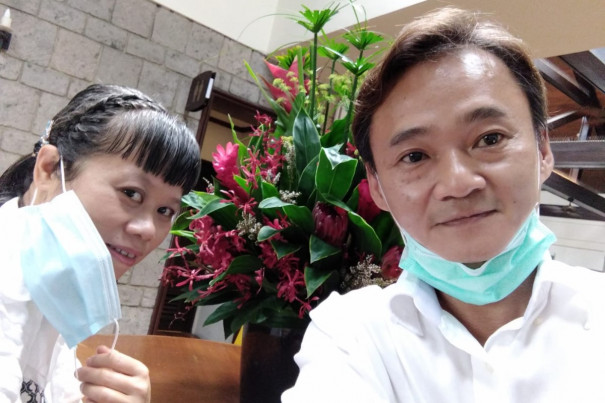
During Covid-19, both he and his wife had tight restrictions to follow, as they were considered frontline workers. They were allowed to go home to look after Alan’s parents as his mother was 87 years old and his father, 88, was bedridden.
That Saturday, his wife was at work so Alan took the time to volunteer at the exhibition.
Alan found out about the exhibition when he met Jeremy, a Resilience Collective staff member, in a peer support specialist course.
Using photos to share his grief

Jeremy, 57, is displaying his photography work at the exhibition. His photos tell the story of his grief: His mother died on Good Friday in 2014 from unknown causes.
Feeling guilty and helpless, he spiralled into blaming himself for his mother’s death: “My relationships began to strain. My family, friends, even with my wife.”
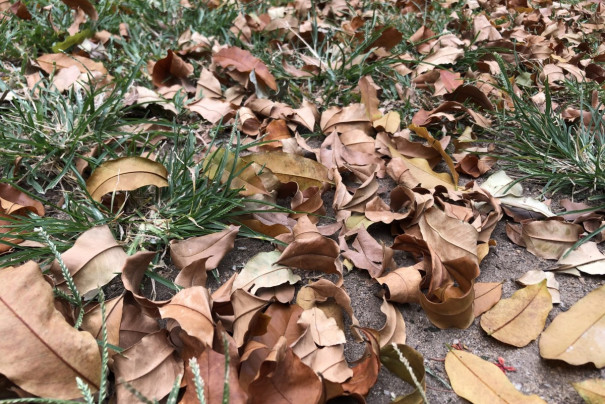
Pointing to his photo of dead leaves nestled in lush green grass, he explains: “I put in a lot of energy to look ‘normal’ in front of my coworkers, and when I was done with work, I would walk really slowly out of the office. I felt like I was dead among the living.”
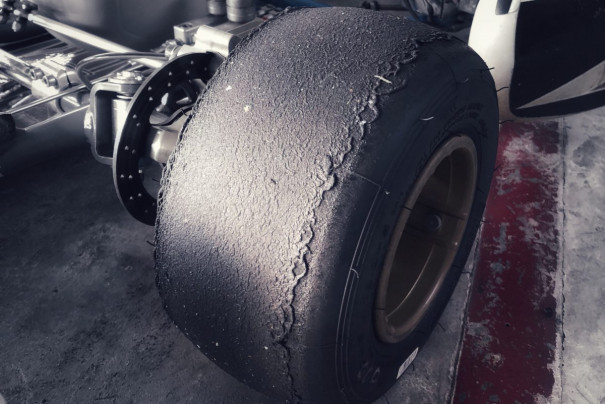
The only thing that kept him feeling alive and sane back then was his go-karting hobby, as one of his pictures shows. “This is a worn tire,” he explains, “It has lost its grip on the tracks. If I skid and cross the red line, I’d crash and become part of the statistics. This picture reflected my life then. I was worn out, losing my grip, constantly wondering when I would die.”
After four years of relapses and therapy, Jeremy retired from the IT industry at age 52. “Now, there is calm. The stormy sea has died down, and I feel free,” he says, gesturing to the last picture in his series. The experience left him with a determination to advocate for more conversations about mental health, especially for peers within his age range.
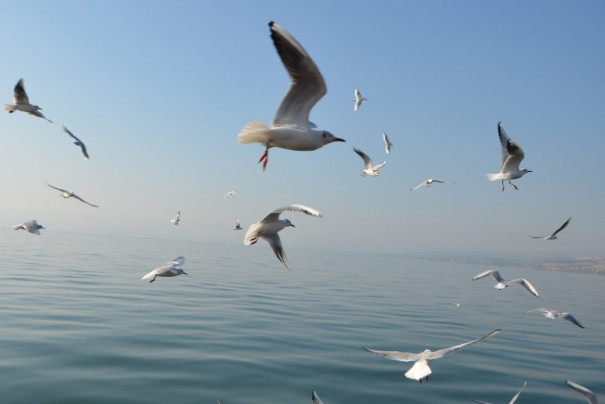
As talking about mental health issues is taboo for people in his generation, Jeremy hopes that by speaking up himself and telling his story, he would help others to open up about their struggles.
Photos help to document her mental health journey
Our experiences teach us to be aware of what others need when they are dealt with a bad hand at life. And as we extend our own helping hand, we learn new things about ourselves.
Edina, 23, is both a volunteer and a participant at the PhotoStory exhibition. She has zero photography experience, but since she started her weekly documentation of her mental health journey with PhotoStory, she has grown to be more observant and grounded in her surroundings. And that has culminated in her series of nine photos.
“I was sitting at my desk when I noticed that my laptop’s reflection of the sky was more vivid than the actual view,” she says. “I don’t know how it works, but it was fascinating anyway – so I took a picture.”

Her favourite photo out of her series is an image of her front gate through a warped lens. “This image really describes what I was going through then.”
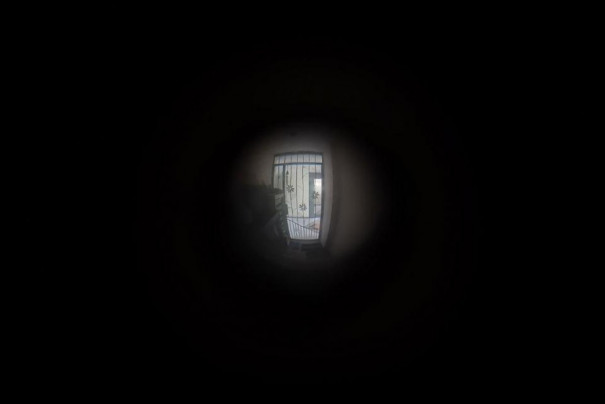
During her years in junior college, Edina was trapped in her own expectations to perform well in all areas of life, which led her to develop an eating disorder. “I had good friends and a happy family but I just couldn’t see it,” she says.
Photography helped her as much as she was helping others who relate to her by speaking up. “Seeing my photos here feels so validating,” she adds with a smile. Edina has recovered from the ordeal but the journey taught her invaluable lessons.
Even the mentors assigned to help the participants took away something from their experience as well.
“At the beginning of this project, I had this fear that I wouldn’t be able to understand the peers and their conditions,” says photography mentor Chee Yong in the exhibition’s introductory video, “but along the way, I identified with some of the issues they were going through.”
Even while the exhibition is up and running, new bridges between people are still being built.
“For me, the unexpected effect of this exhibition was when everyone began exchanging contacts,” he says. “I didn’t see it coming, but we weren’t just seen as staff, volunteers or participants. We bonded as individuals.”
PhotoStory ends on Jan 27.
If you like what you read, follow us on Twitter and Google News to get the latest updates.
